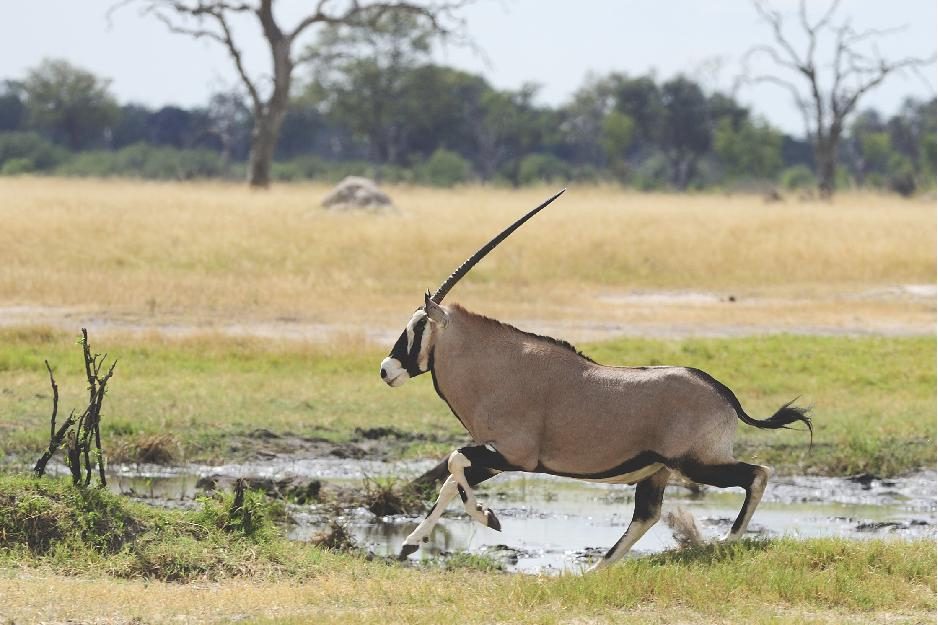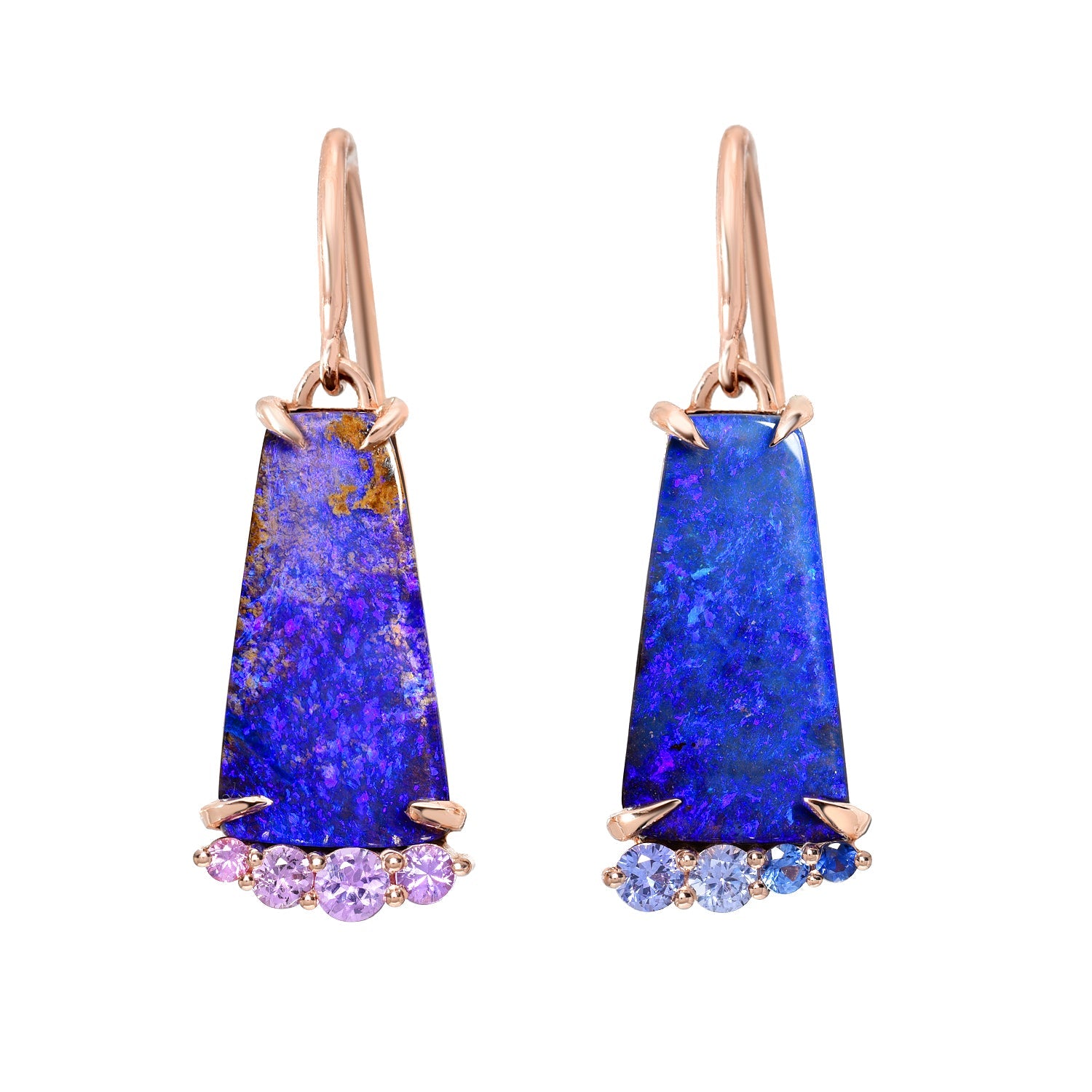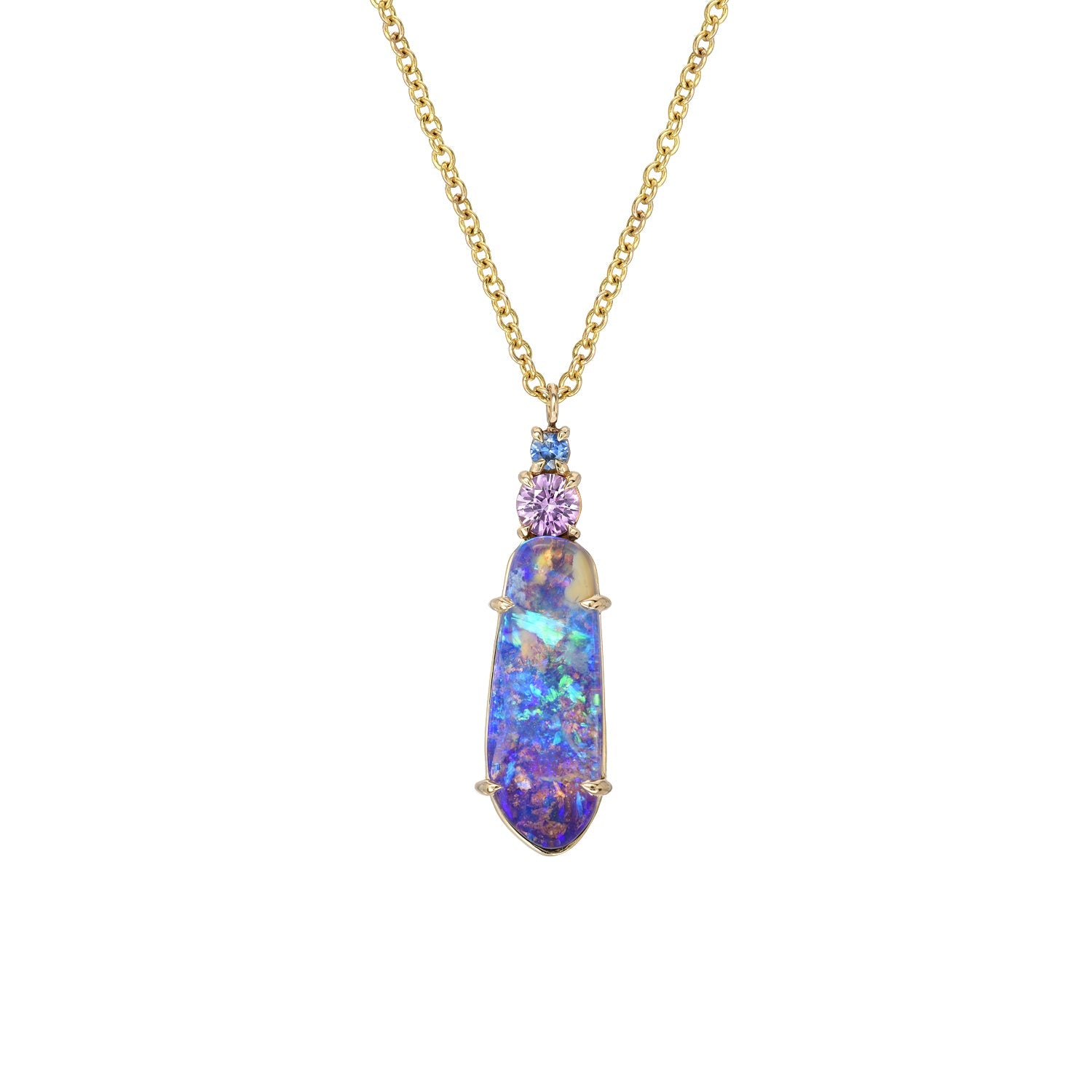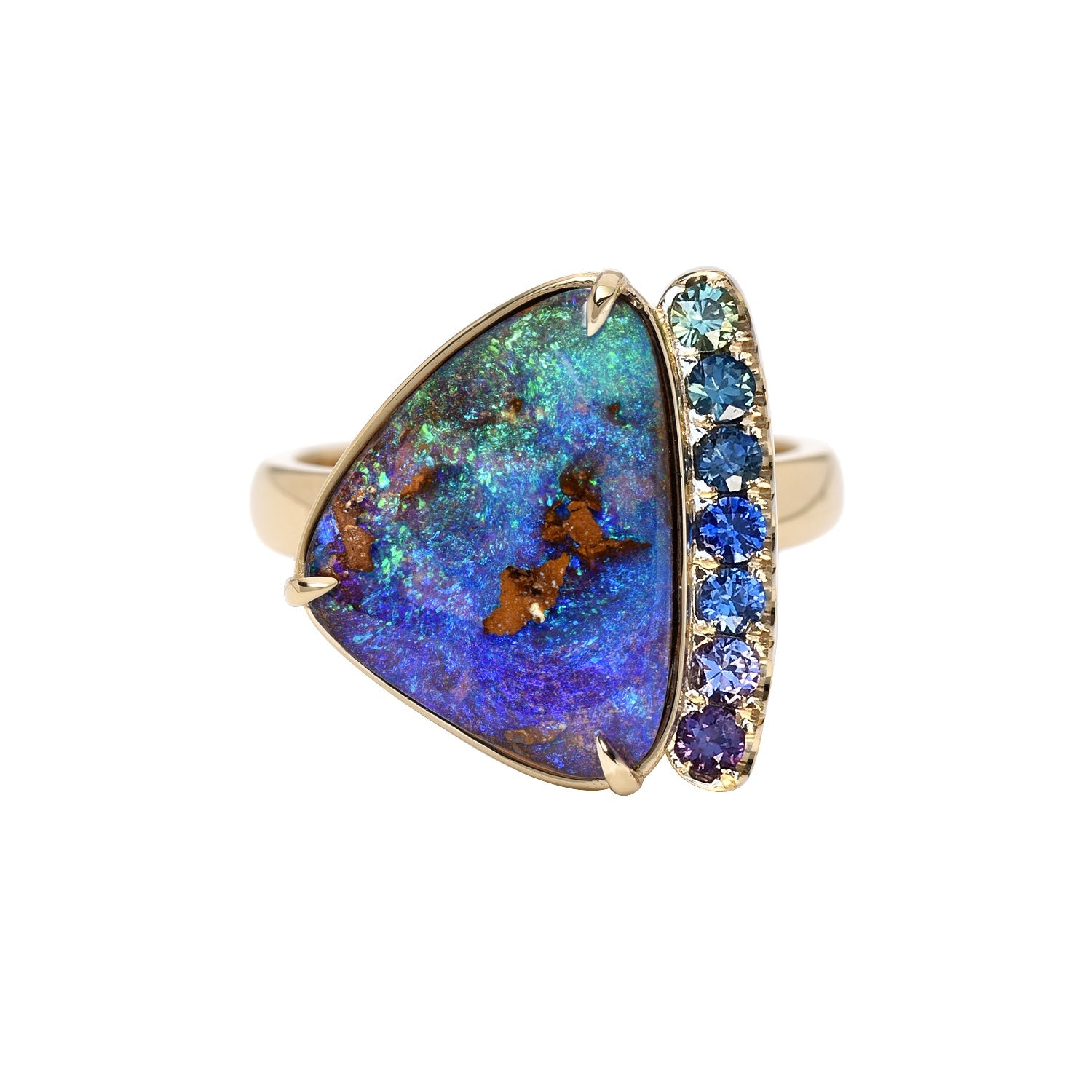
The Truth About Unicorns
nicole gluckmanShare
We’ve all felt it. That deflated sensation when we discovered Santa wasn’t real, that the money wasn’t from the Tooth Fairy, and that moment we learned that Unicorns weren’t real. But what if we told you…they were?
Yes, you read that correctly. Real.
For many years it was thought that the Oryx Gazelle (or Gemsbok) from the Kalahari Desert in South Africa was the likely culprit for the legendary creature’s storied origin. When viewed perfectly in profile, the large antelope looks much like a unicorn, its two horns visually aligning as one.
In fantasy books, unicorns are typically represented as white horses with a single, twisted horn projecting from their heads. These rare, mythical creatures represent good luck, freedom, and purity. Though we do wish scientists had proof of this kind of unicorn, we still find the real horned animal just as unique and remarkable.
Let’s travel back in time (about 29,000 years) and head to Kazakhstan…
The Earth was at the tail end of a millions-of-years-long ice age and Neanderthals (and modern humans!) roamed the Earth…alongside a surprisingly familiar-looking creature.
Much like the rhinos we know today, the Siberian unicorn (Elasmotherium sibiricum) was a hefty animal that was rather solitary and thrived in grassy plains (its main source of food). While it’s true that of the five species of rhinos that exist presently, two have single horns, the Siberian unicorn is believed to have had one very long, slender horn, making today’s rhino’s horns look stubby in comparison.

Just picture stumbling across this magnificent beast, which was probably closer to the size of a woolly mammoth, with an impressive horn sitting atop its head. Sadly no horn was attached to the skull that was discovered but scientists estimate its greatness by the massive boss (skull protuberance) on its forehead.

So what happened to Siberian unicorns? Their fate was likely the same as other species that lived during the ice age, and they were particularly susceptible to extinction due to their rare nature and habitat that didn’t thrive in freezing conditions.
Although we haven’t had the pleasure of a unicorn sighting (yet), we like to leave ourselves open to the possibility. Until then, we take great pleasure in meeting them in our dreams and collecting their tears to create treasured, one-of-a-kind amulets for our Unicorn Tear Opal Necklace Series.
If you’re ready to discover the truth about unicorns, Unicorn Tear Necklace No. 16 might just hold the secrets within its shimmering surface from deep within in the most stunning peachy-pink, green, and turquoise hues. A rainbow tear. Now that’s what we call pure magic.




